The Crossrail project has finally reached partial completion with the opening of the Elizabeth Line in London today (24 May).
The first trains will run from Paddington to Abbey Wood, with nine stations open.
The new line will increase central London’s rail capacity by 10%.
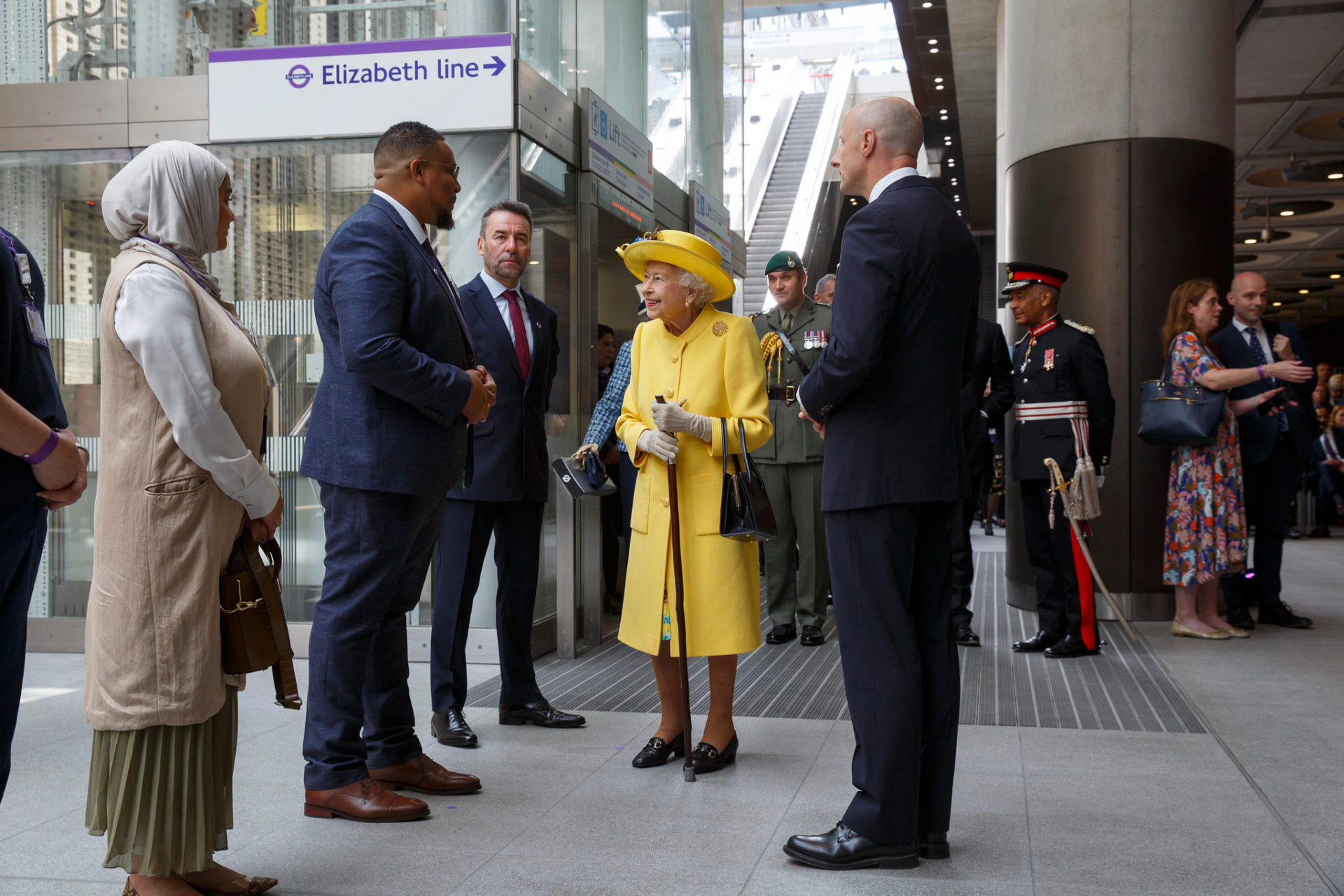
Crossrail was originally due to open in 2018, after construction began in May 2009. But the project proved to be further behind schedule and more complex than even Crossrail Ltd or sponsors of the project understood, resulting in significant delays.
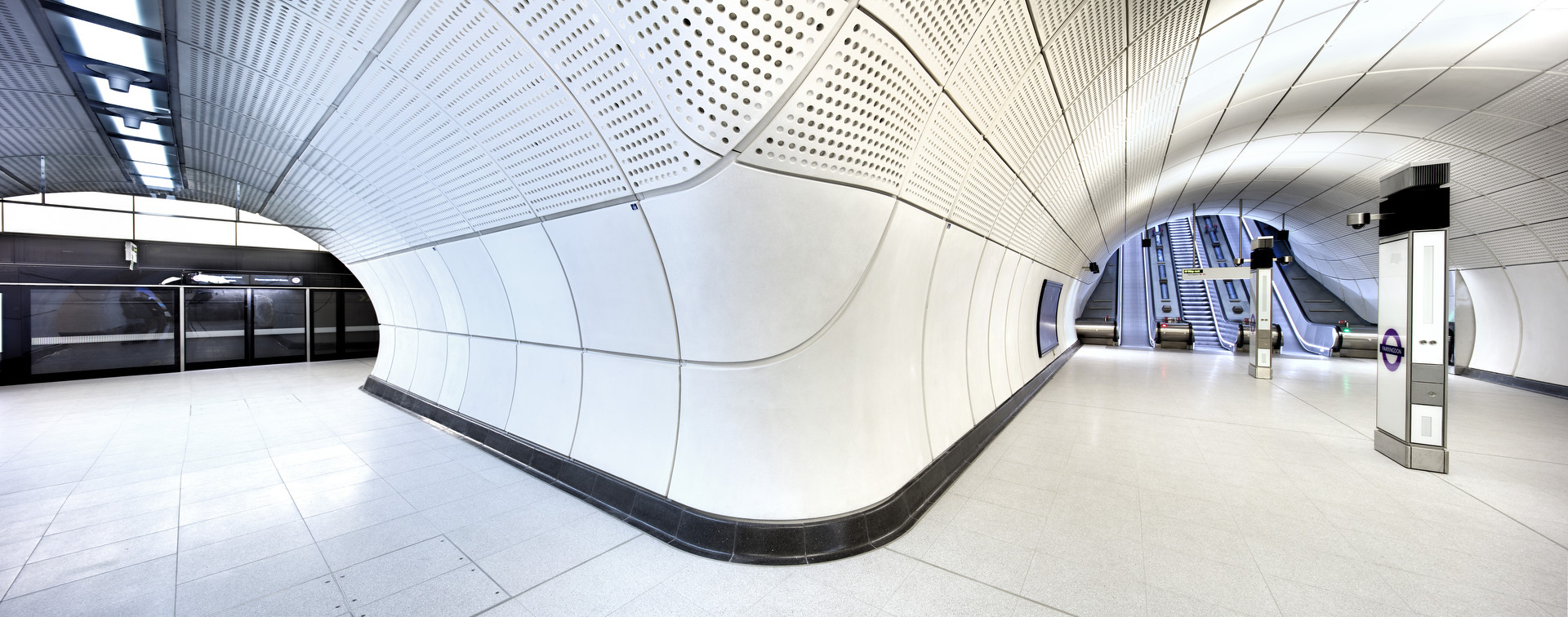
In addition to the construction of some stations, in particular Bond Street, running well behind schedule for the 2018 opening, there were also challenges in testing all of the signalling systems and trains, as well as other assets.
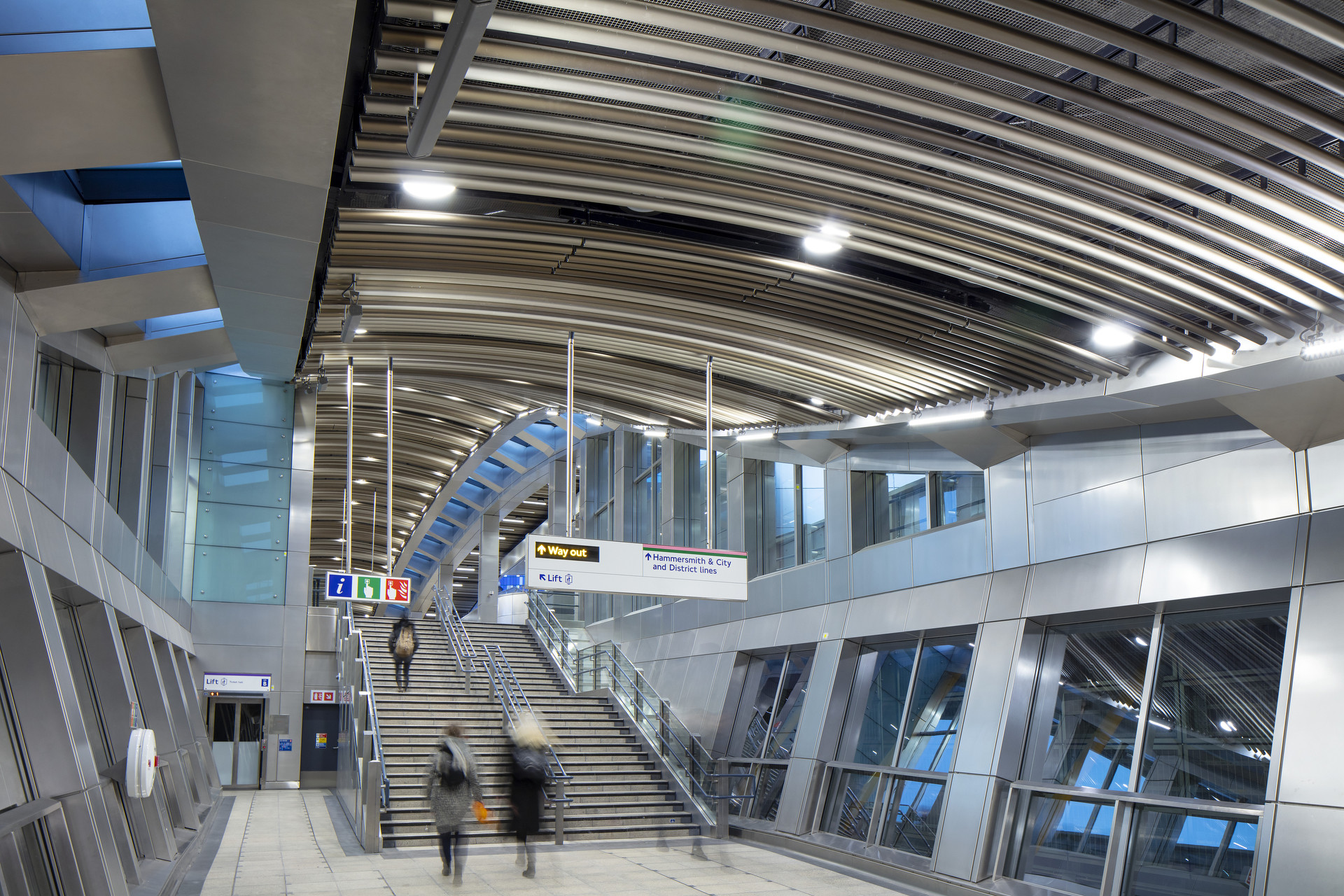
Crossrail and its contractors have had to complete and integrate around 500,000 physical and digital assets, including fire safety systems and platform screen doors. They have also had to create digital operating manuals, guidance and processes for individual elements and the railway as a whole.
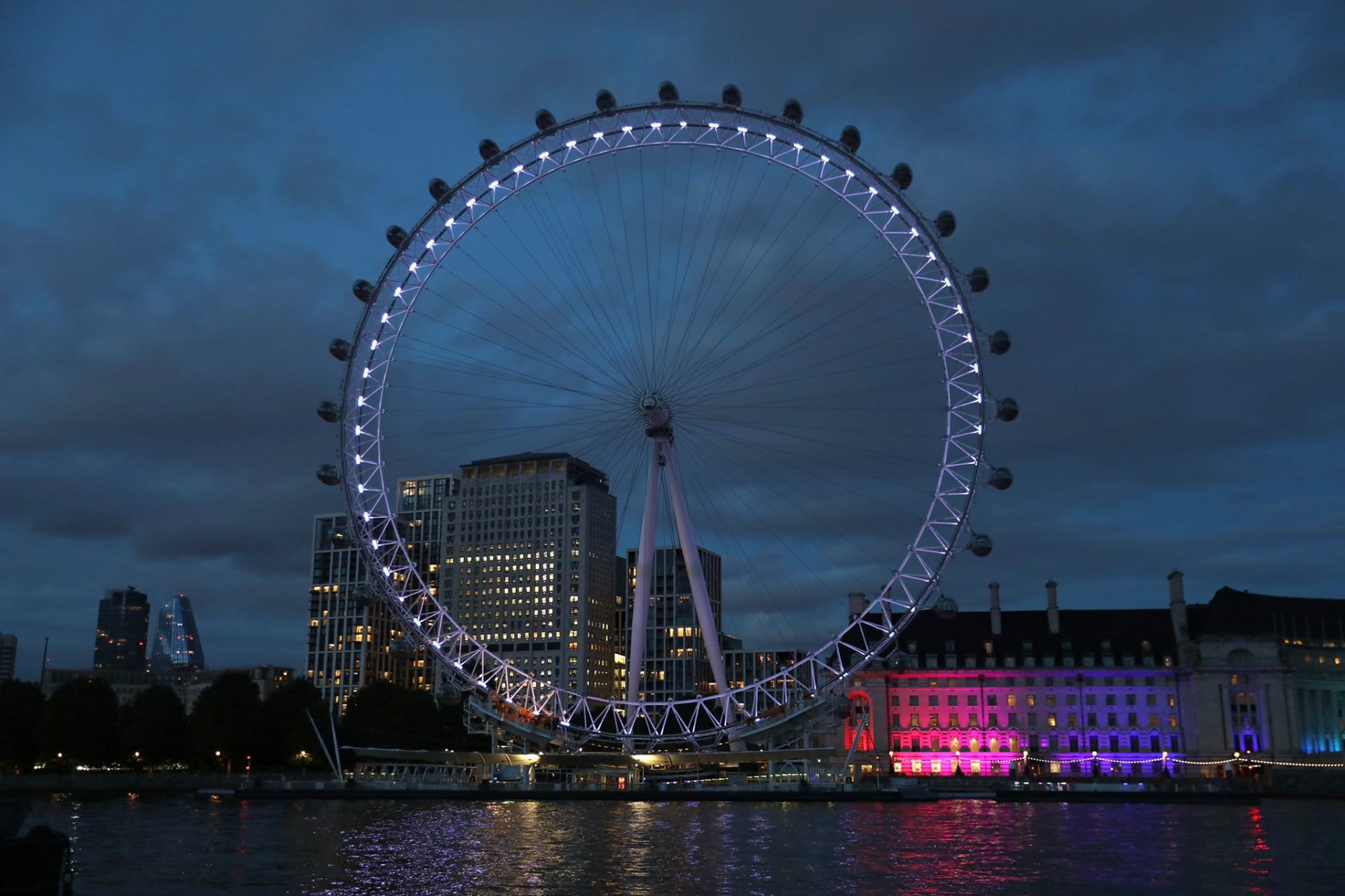
On 31 August 2018, Crossrail announced its central section would not open until autumn 2019. It had originally planned to open in December 2018. In early 2019, it said it could not commit to an opening date. And in April 2019, the opening window for the central section was pushed back further to between October 2020 and March 2021.
The covid-19 pandemic resulted in more delays and in August 2020, Crossrail announced that the central section would not open until the first half of this year.
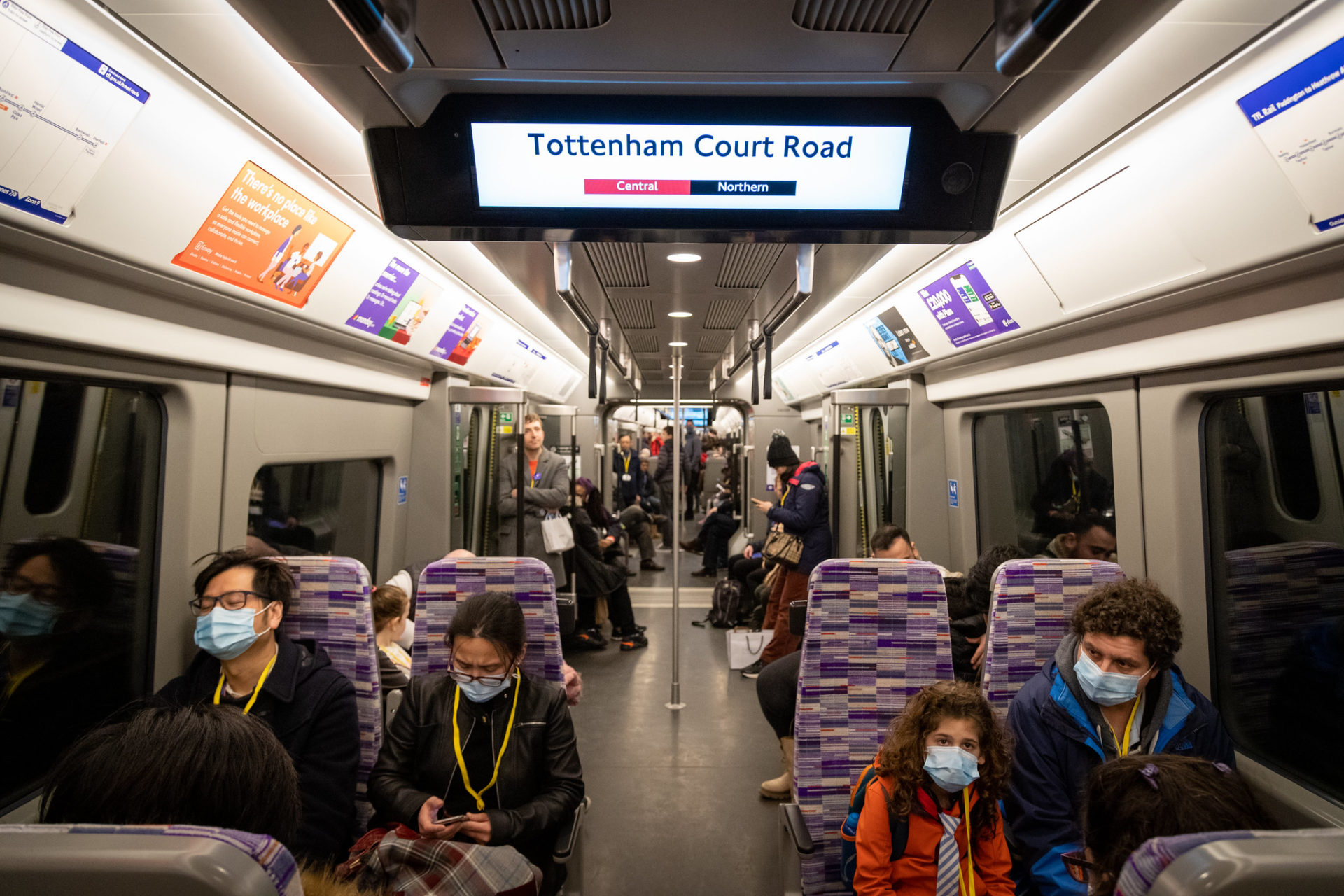
Meanwhile, a National Audit Office report released in late 2021 said that Crossrail did not have “sufficiently effective commercial levers” with its main contractors to prevent cost and schedule increases. Its budget was set at £14.8bn in 2010, but costs have risen to around £19bn.
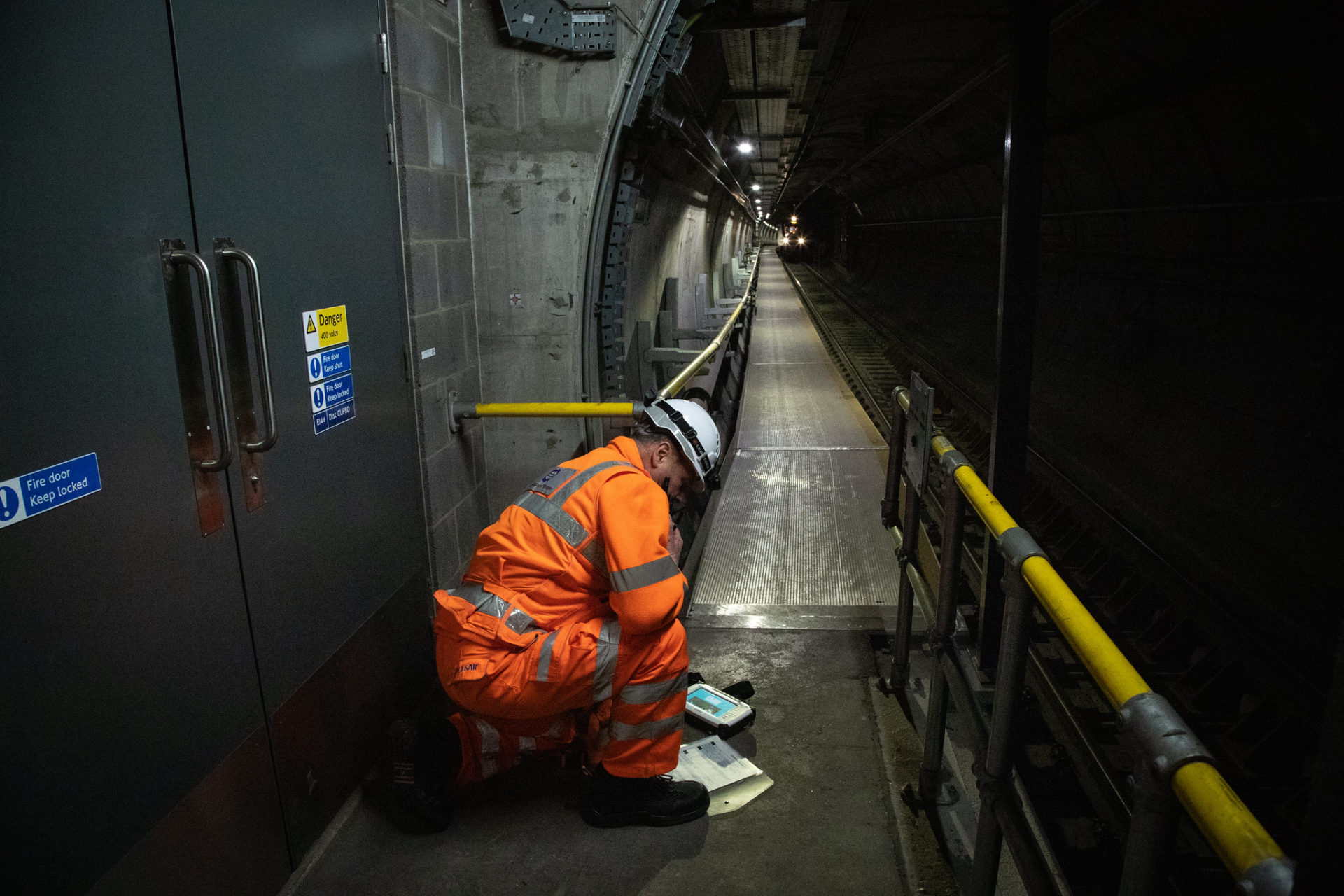
Class 345 trains will now finally run on the central section every five minutes from 6.30am to 11pm, Monday to Saturday. The line will not be open on Sundays until later this year.
The full Elizabeth line will run from Reading and Heathrow in the west through 42km of new tunnels to Shenfield and Abbey Wood in the east. It will serve 41 stations, including 10 new stations at: Paddington, Bond Street, Tottenham Court Road, Farringdon, Liverpool Street, Whitechapel, Canary Wharf, Custom House, Woolwich and Abbey Wood.
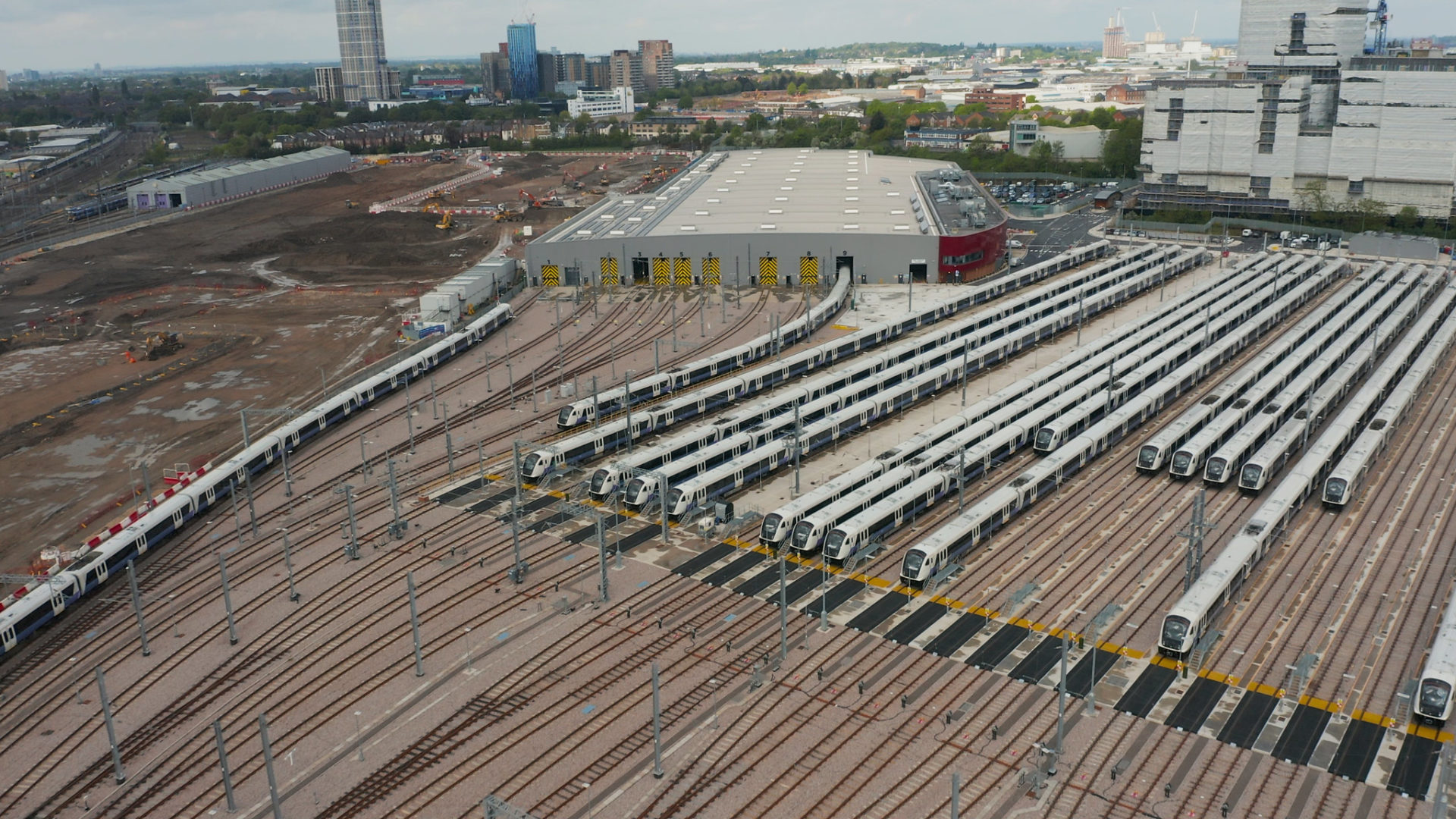
A host of contractors have been involved in the project. On the tunnelling works, contractors included: BFK (a joint venture between BAM Nuttall, Ferrovial Agroman, and Kier); a joint venture between Dragados and John Sisk; the BBMV joint venture (Balfour Beatty, Alpine BeMo Tunnelling, Morgan Sindall and Vinci); and a joint venture between Hochtief and J Murphy.
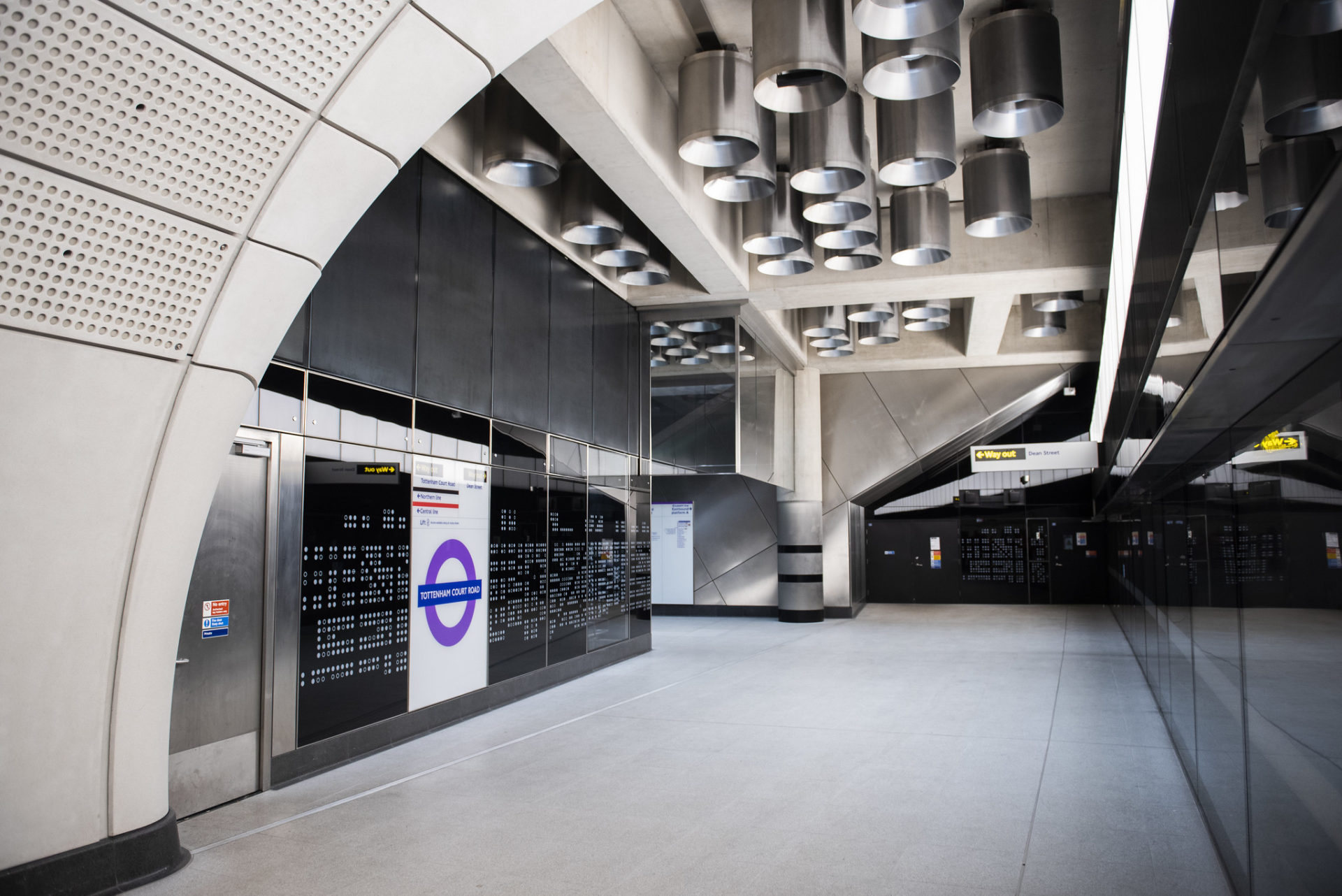
Among the contractors to build new stations were the BAM Nuttall, Ferrovial and Kier JV, which built Farringdon. Laing O’Rourke built the Tottenham Court Road and Liverpool stations. Canary Wharf Contractors constructed the Canary Wharf station and Balfour Beatty and Berkeley Homes built the Woolwich station.
The Mayor of London, Sadiq Khan, said: “Today is an historic day as the Elizabeth line opens to passengers. This is a huge moment, not just for London but the entire country – particularly in this special Jubilee year.
“This brand new line is the most significant addition to our transport network in decades. It will add billions to our economy and is set to serve up to 200 million passengers each year.”
Comments
Comments are closed.



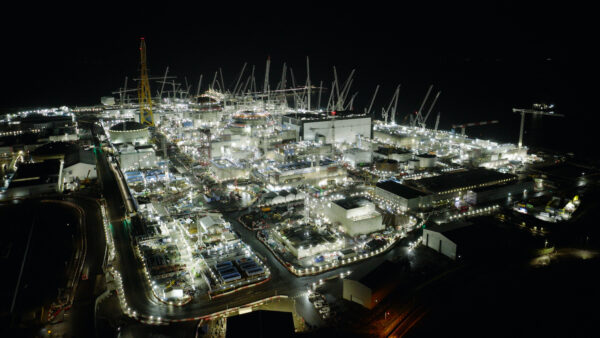
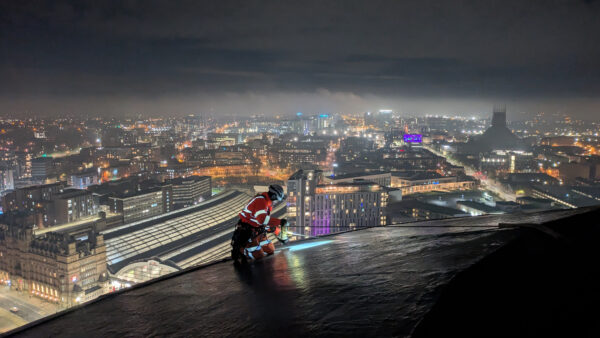


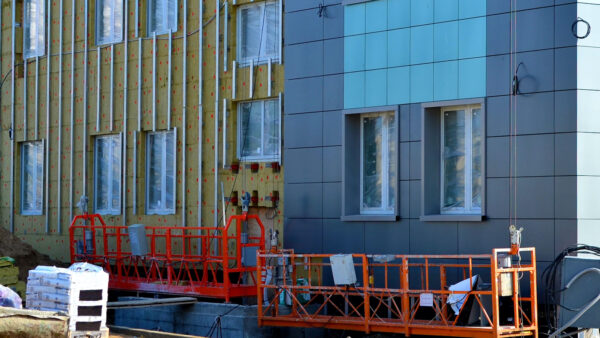
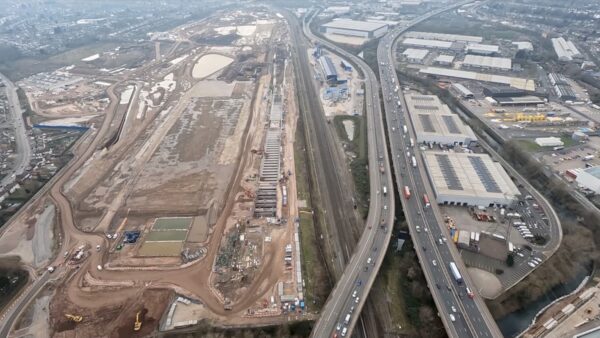
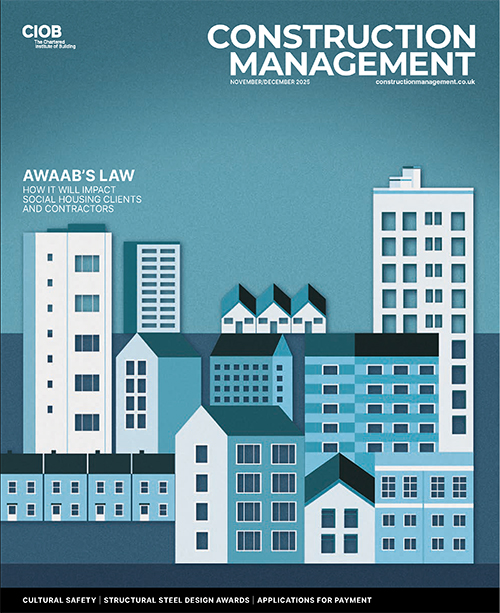
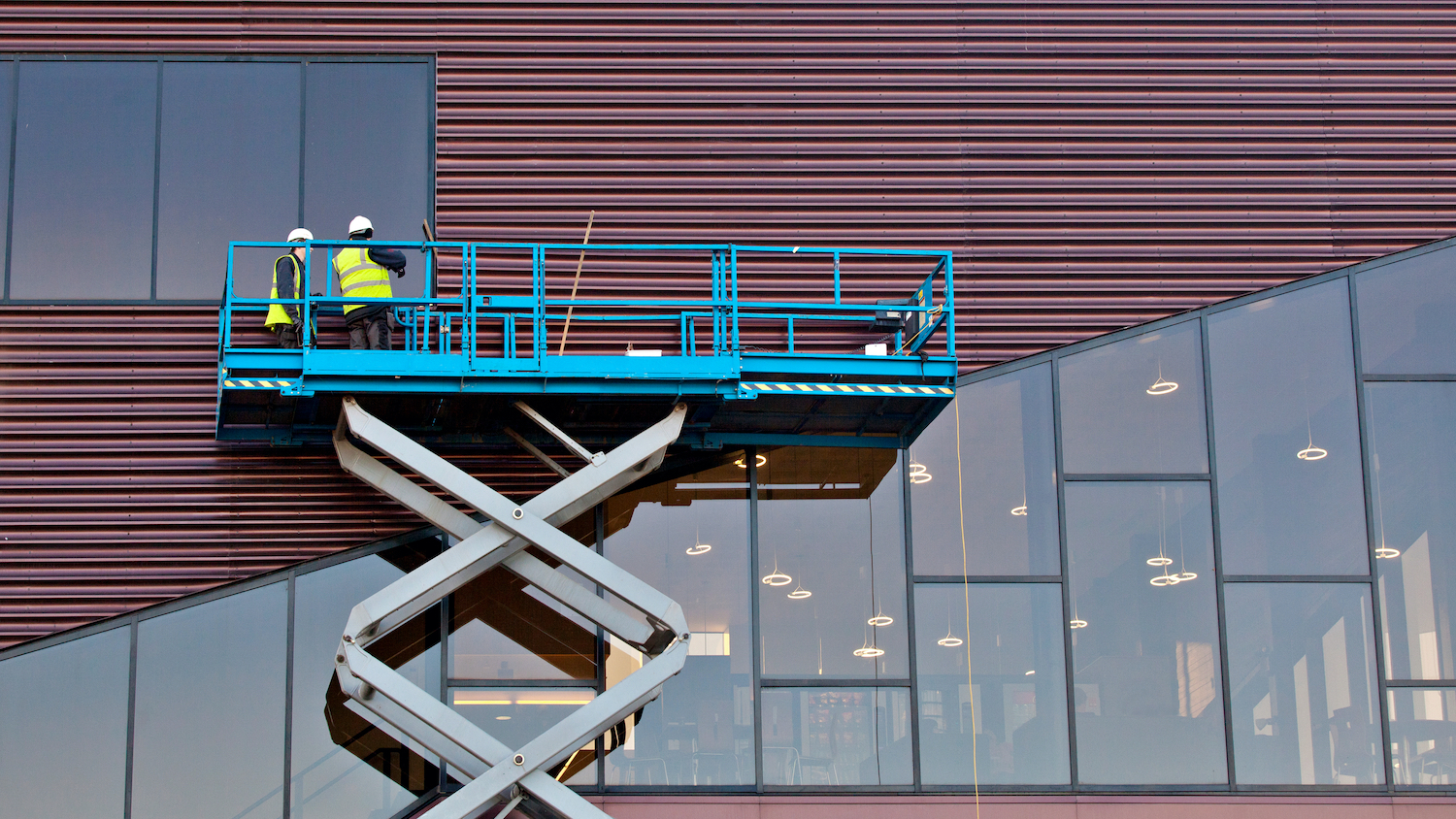

Pity they don’t do that sort of investment in the northwest to connect Liverpool to Leeds and Sheffield via probably Manchester